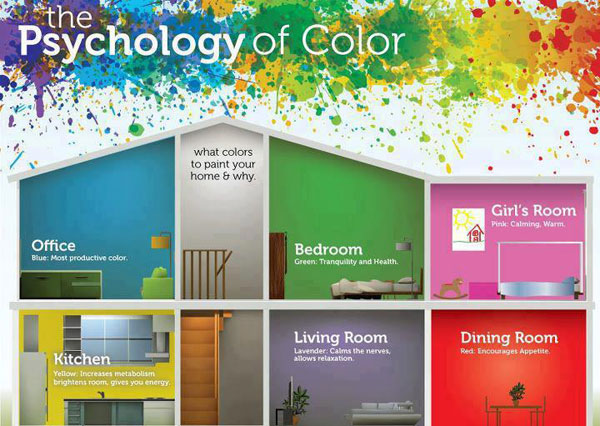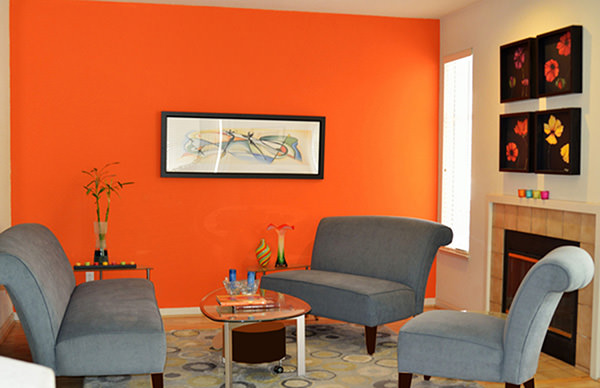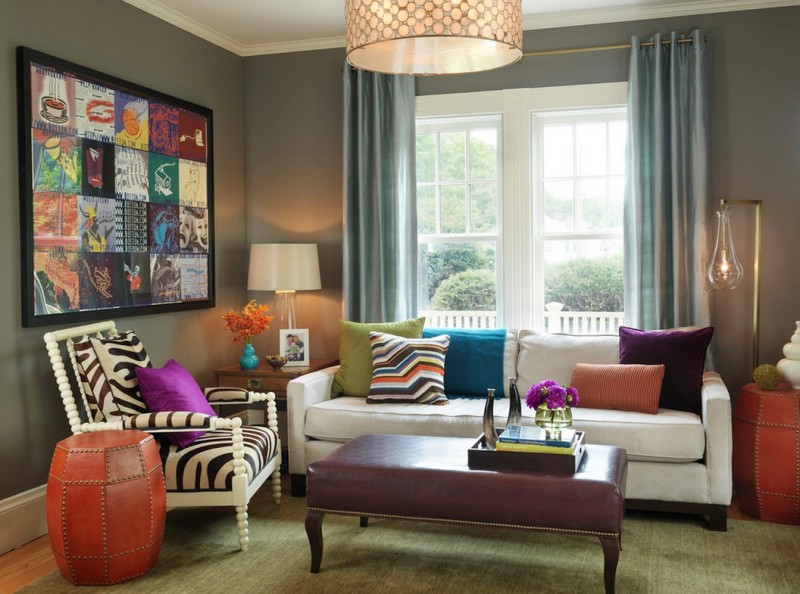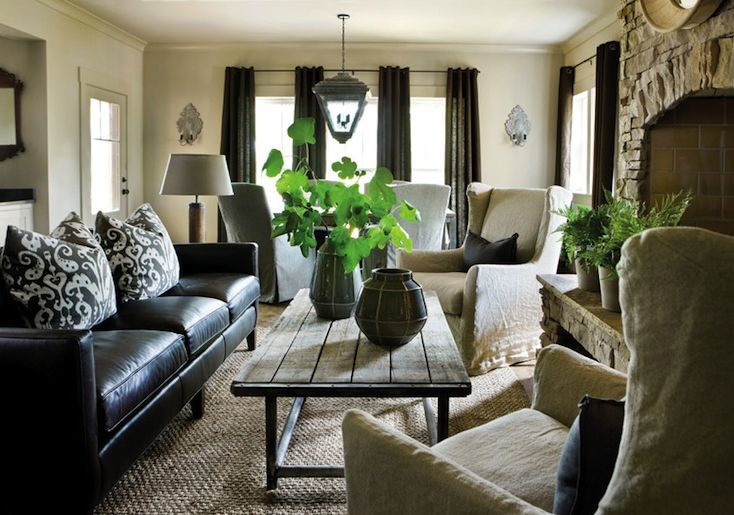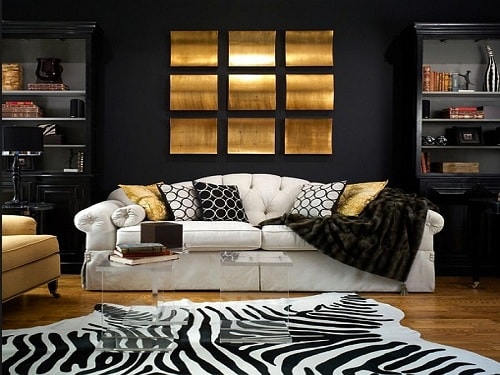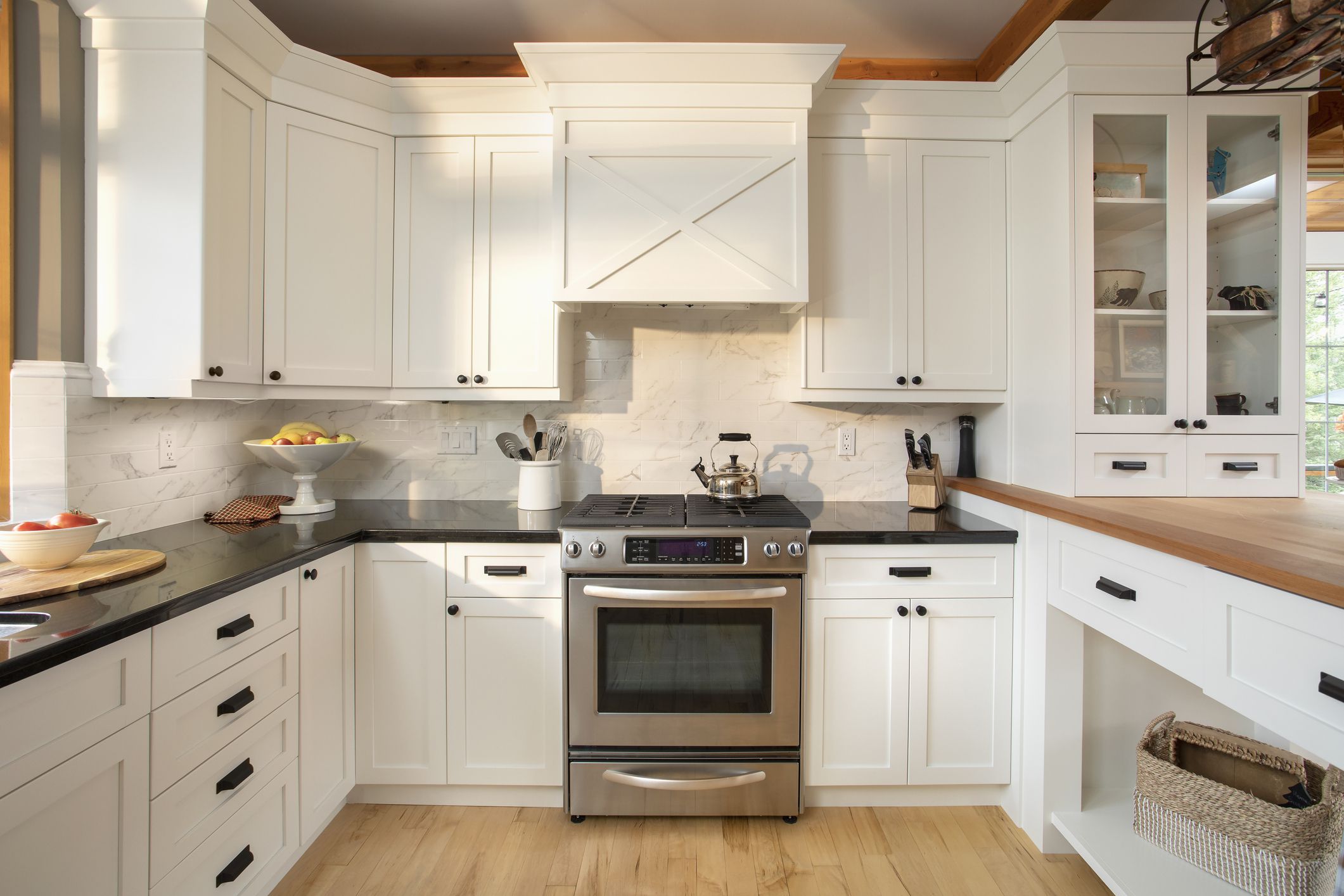Choosing the right colors for your living room can be a daunting task. With so many options available, it can be overwhelming to know where to start. Luckily, there are some tips and tricks you can use to make color matching in your living room a breeze. Color Matching is the process of selecting colors that complement each other and create a cohesive look. It involves choosing a color scheme and incorporating it into your furniture, décor, and walls. When done correctly, color matching can transform your living room into a beautiful and inviting space. If you're unsure about how to match colors in your living room, don't worry. In this article, we'll share 10 tips and tricks to help you create a stunning color scheme for your living room.Living Room Color Matching: Tips and Tricks
Before we dive into the tips, it's essential to understand the basics of color matching. The first step is to choose a main color for your living room. This color will be the dominant one and will set the tone for the rest of the room. Next, choose accent colors that complement the main color. These colors should be used sparingly but strategically to add interest and depth to the room. Finally, consider using neutral colors as a base to balance out the main and accent colors.How to Match Colors in Your Living Room
Now that we have the basics covered let's look at some color matching ideas for your living room: 1. Monochromatic: This color scheme involves using different shades and tints of the same color. For example, you can use different shades of blue throughout your living room to create a serene and cohesive look. 2. Analogous: This color scheme involves using colors that are next to each other on the color wheel. For example, you can pair yellow and green or blue and purple for a harmonious and visually appealing living room. 3. Complementary: This color scheme involves using colors that are opposite each other on the color wheel. For example, pairing red and green or purple and yellow can create a bold and eye-catching living room. 4. Triadic: This color scheme involves using three colors that are evenly spaced on the color wheel. For example, you can pair red, blue, and yellow for a vibrant and balanced living room. 5. Neutrals with a Pop of Color: If you prefer a more subtle look, consider using a neutral color scheme, such as shades of white, beige, or gray, and adding a pop of color with an accent piece of furniture or décor.5 Color Matching Ideas for Your Living Room
Now that you have some color matching ideas let's talk about why it's essential to get it right in your living room: Creates a Cohesive Look: Color matching ties all the elements in your living room together, creating a cohesive and harmonious look. This will make your living room feel more put together and visually appealing. Sets the Mood: Colors have a significant impact on our mood and emotions. Choosing the right colors for your living room can create a relaxing and inviting atmosphere, making it the perfect place to unwind after a long day. Reflects Your Personal Style: Your living room is a reflection of your personality and style. Color matching allows you to express yourself and create a space that feels like home. Makes the Room Look Bigger: Using light and neutral colors can make a room appear more spacious and airy. This is especially useful if you have a small living room.The Importance of Color Matching in Your Living Room
When choosing a color scheme for your living room, it's essential to consider the existing colors in the room, such as flooring, furniture, and décor. Here are some tips for matching colors for a cohesive look: Consider the Undertones: If you're using different shades of the same color, make sure they have the same undertones. For example, if you're using a warm-toned beige for your walls, make sure your furniture and décor also have warm undertones. Use the 60-30-10 Rule: This rule suggests using 60% of your main color, 30% of your secondary color, and 10% of your accent color. This will help create a balanced and visually appealing living room. Use a Color Wheel: If you're unsure about which colors to pair together, a color wheel can be a helpful tool. It shows you which colors complement each other and can guide you in choosing a color scheme.Living Room Color Schemes: Matching Colors for a Cohesive Look
Choosing a color palette for your living room can seem overwhelming, but it doesn't have to be. Here are some tips to help you choose the perfect color palette: Draw Inspiration from Art or Nature: Look for colors that you're drawn to in art, nature, or even fashion. This can give you a starting point for your color palette. Consider the Function of the Room: Think about how you want your living room to feel and function. If you want it to be a relaxing space, consider using calming colors. If you want it to be a lively space, consider using bold and vibrant colors. Don't Be Afraid to Experiment: Color is subjective, and what works for one person may not work for another. Don't be afraid to experiment with different colors and see what feels right for you and your living room.How to Choose the Perfect Color Palette for Your Living Room
Now that you have a better understanding of color matching, here are some dos and don'ts to keep in mind: Do: Consider the existing colors in your living room when choosing a color scheme. Don't: Use too many colors in one room. Stick to a maximum of three colors to avoid overwhelming the space. Do: Use different shades and tints of the same color to create depth and interest in the room. Don't: Forget to incorporate neutral colors to balance out the main and accent colors. Do: Use color swatches or paint samples to test the colors in your living room before committing to a color scheme. Don't: Be afraid to get creative and step out of your comfort zone with colors.Living Room Color Matching: Dos and Don'ts
Color can have a profound effect on our emotions and behavior. Here's how you can use the psychology of color in your living room: Blue: Blue is known to promote feelings of calmness and relaxation, making it an excellent choice for a living room. Yellow: Yellow is a cheerful and optimistic color that can bring a sense of happiness and positivity to a room. Green: Green is associated with nature and can create a sense of balance and harmony in a living room. Red: Red is a bold and energetic color that can add a sense of warmth and vibrancy to a room. Purple: Purple is a regal and luxurious color that can add a touch of sophistication to a living room.The Psychology of Color: How to Use it in Your Living Room
When it comes to color matching in your living room, balance is key. Here are some tips to help you find the right balance: Stick to a Color Scheme: Using too many colors can create a chaotic and overwhelming look. Stick to a color scheme of no more than three colors to maintain balance in the room. Use Patterns and Textures: Patterns and textures can add depth and interest to a room. Consider incorporating them into your living room through throw pillows, rugs, or curtains. Consider Lighting: The lighting in your living room can affect how colors look. Make sure to test the colors in different lighting conditions to ensure they still complement each other.Living Room Color Matching: Finding the Right Balance
Finally, let's talk about color matching furniture and décor in your living room: Start with the Big Items: When choosing furniture, start with the big items, such as sofas and chairs. These are more challenging to match, so it's best to choose them first and then find smaller items to complement them. Use Colorful Accents: Adding colorful accent pieces, such as pillows, throws, or artwork, is an easy and affordable way to add pops of color to your living room. Consider the Finish: When choosing furniture, consider the finish of the wood or metal. These can also add a touch of color and affect how the colors in your living room look. In conclusion, color matching in your living room doesn't have to be a daunting task. By following these tips and tricks, you can create a beautiful and cohesive color scheme that reflects your personal style and makes your living room a warm and inviting space. Remember to have fun and experiment with different colors to find what works best for you. Color Matching Furniture and Decor in Your Living Room
The Importance of Living Room Colour Matching in House Design

Why Colour Matching is Crucial for a Perfect Living Room
 When it comes to designing a house, the living room is often considered the heart of the home. It is where we entertain guests, spend quality time with family, and relax after a long day. Therefore, it is essential to create a space that not only reflects our personal style but also evokes a sense of comfort and warmth. One of the key elements in achieving this is
living room colour matching
. The right combination of colours can make or break the overall look and feel of a room, and in this case, the living room. Let's explore why colour matching is crucial for a perfect living room.
When it comes to designing a house, the living room is often considered the heart of the home. It is where we entertain guests, spend quality time with family, and relax after a long day. Therefore, it is essential to create a space that not only reflects our personal style but also evokes a sense of comfort and warmth. One of the key elements in achieving this is
living room colour matching
. The right combination of colours can make or break the overall look and feel of a room, and in this case, the living room. Let's explore why colour matching is crucial for a perfect living room.
Creating a Cohesive and Harmonious Space
:max_bytes(150000):strip_icc()/beautiful-living-room-interior-with-colorful-area-rug--large-couch--and-abundant-natural-light-1210163723-a6f8f523c80a41b3a1272de88db0cc21.jpg) Colour matching
is the process of selecting colours that complement each other and create a cohesive and harmonious space. This is especially important in the living room, where multiple elements such as furniture, walls, curtains, and accessories come together to form the overall look. When colours are not matched properly, it can result in a chaotic and overwhelming space that lacks visual appeal. On the other hand, a well-matched colour scheme can bring balance and flow to the room, making it a pleasant and inviting space.
Colour matching
is the process of selecting colours that complement each other and create a cohesive and harmonious space. This is especially important in the living room, where multiple elements such as furniture, walls, curtains, and accessories come together to form the overall look. When colours are not matched properly, it can result in a chaotic and overwhelming space that lacks visual appeal. On the other hand, a well-matched colour scheme can bring balance and flow to the room, making it a pleasant and inviting space.
Setting the Right Mood and Atmosphere
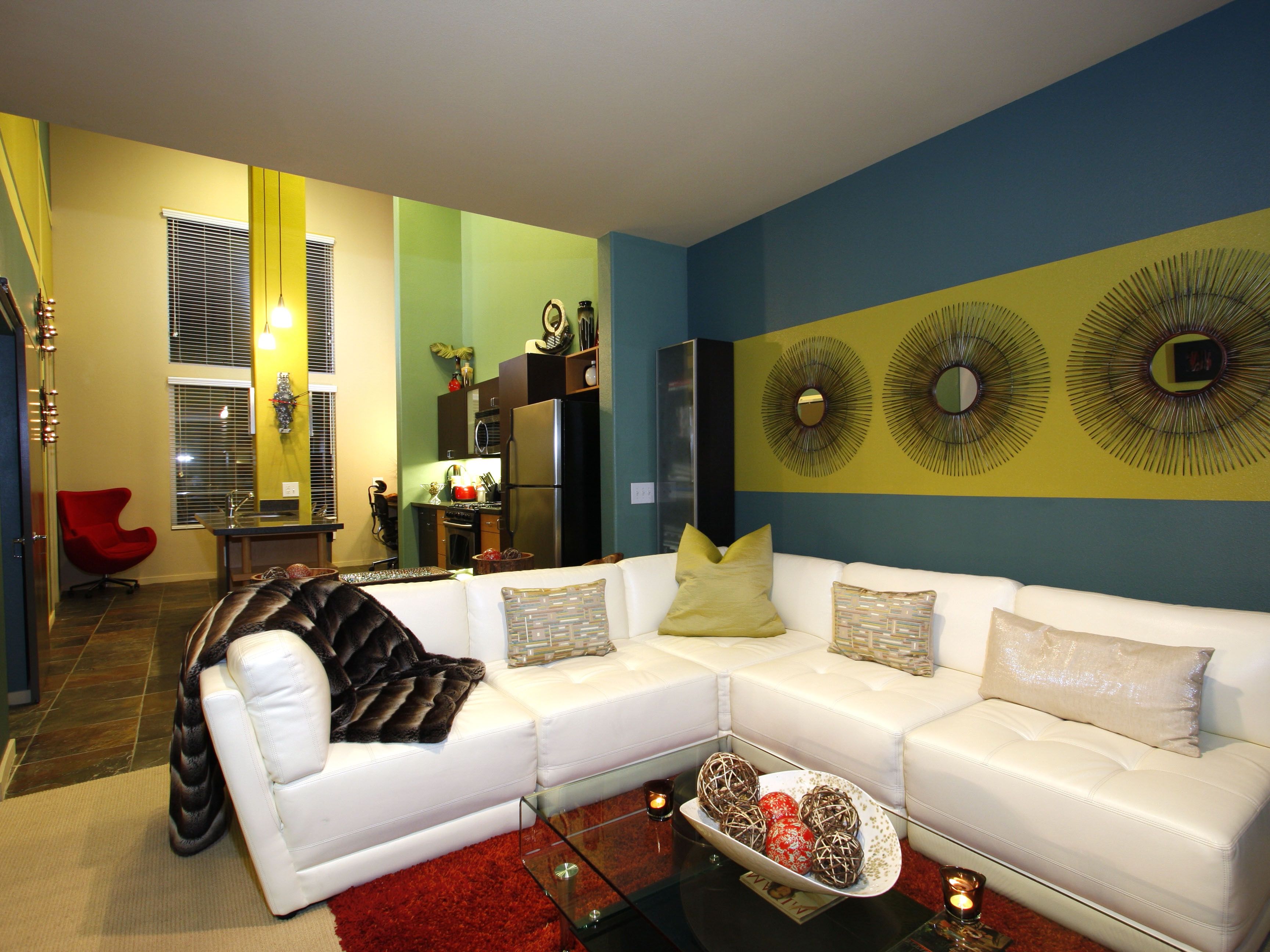 Colours have the power to influence our mood and emotions. In the living room, where we spend a significant amount of time, it is important to create a
mood and atmosphere
that aligns with our intentions. For instance, cool and calming colours like blue and green can promote relaxation and tranquility, making them perfect for a living room meant for unwinding. On the other hand, warm and vibrant colours like red and orange can add energy and liveliness to a space, making them ideal for a living room meant for socializing and entertaining.
Colours have the power to influence our mood and emotions. In the living room, where we spend a significant amount of time, it is important to create a
mood and atmosphere
that aligns with our intentions. For instance, cool and calming colours like blue and green can promote relaxation and tranquility, making them perfect for a living room meant for unwinding. On the other hand, warm and vibrant colours like red and orange can add energy and liveliness to a space, making them ideal for a living room meant for socializing and entertaining.
Enhancing the Overall Aesthetic of the Room
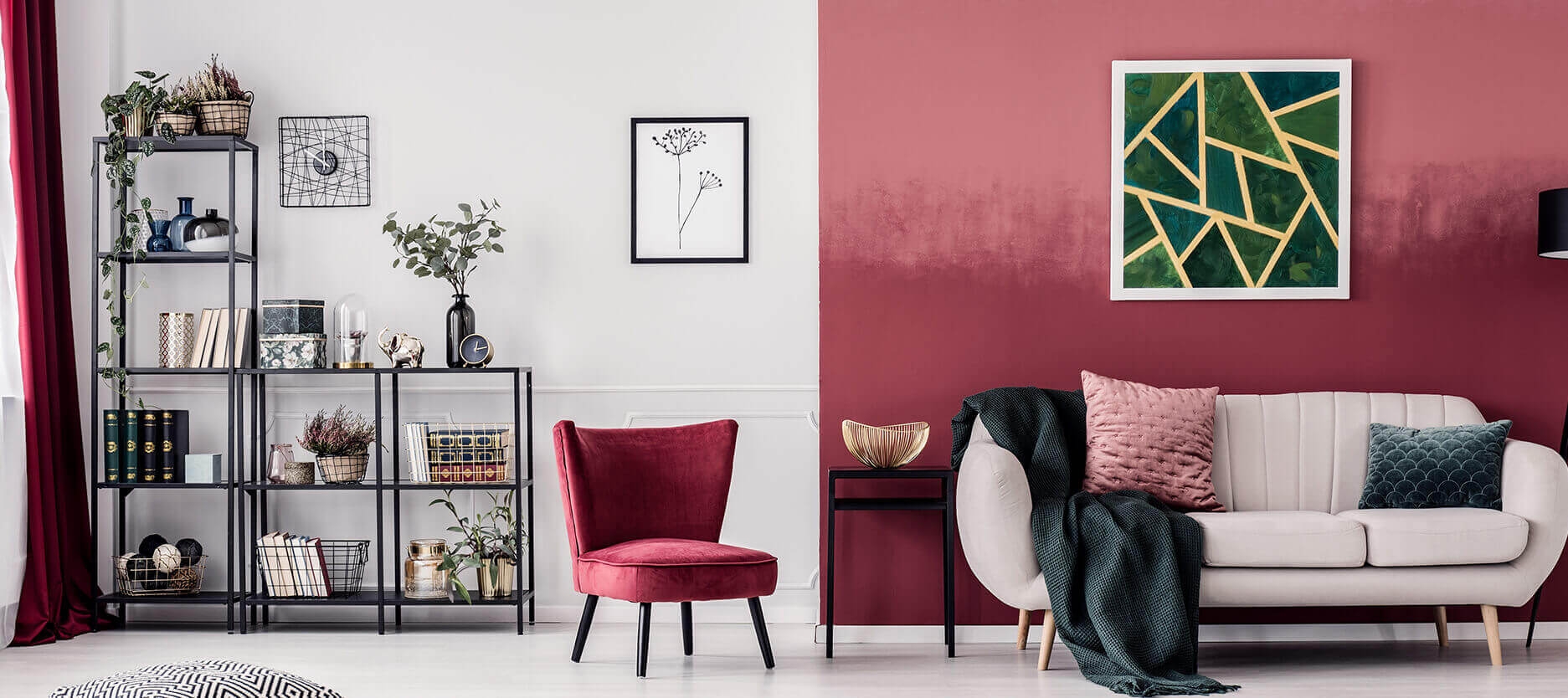 Lastly,
living room colour matching
plays a crucial role in enhancing the overall aesthetic of the room. A well-matched colour scheme can elevate the look of the living room and make it visually appealing. On the other hand, if colours clash or are not coordinated, it can take away from the beauty of the room. Additionally, by choosing the right colours, you can highlight certain features or elements in the living room and create a focal point that draws the eye.
In conclusion,
living room colour matching
is a crucial aspect of house design that should not be overlooked. It not only creates a cohesive and harmonious space but also sets the right mood, enhances the overall aesthetic, and makes the living room a comfortable and inviting space. So the next time you are designing or redecorating your living room, remember the importance of colour matching and its impact on the overall look and feel of the room.
Lastly,
living room colour matching
plays a crucial role in enhancing the overall aesthetic of the room. A well-matched colour scheme can elevate the look of the living room and make it visually appealing. On the other hand, if colours clash or are not coordinated, it can take away from the beauty of the room. Additionally, by choosing the right colours, you can highlight certain features or elements in the living room and create a focal point that draws the eye.
In conclusion,
living room colour matching
is a crucial aspect of house design that should not be overlooked. It not only creates a cohesive and harmonious space but also sets the right mood, enhances the overall aesthetic, and makes the living room a comfortable and inviting space. So the next time you are designing or redecorating your living room, remember the importance of colour matching and its impact on the overall look and feel of the room.
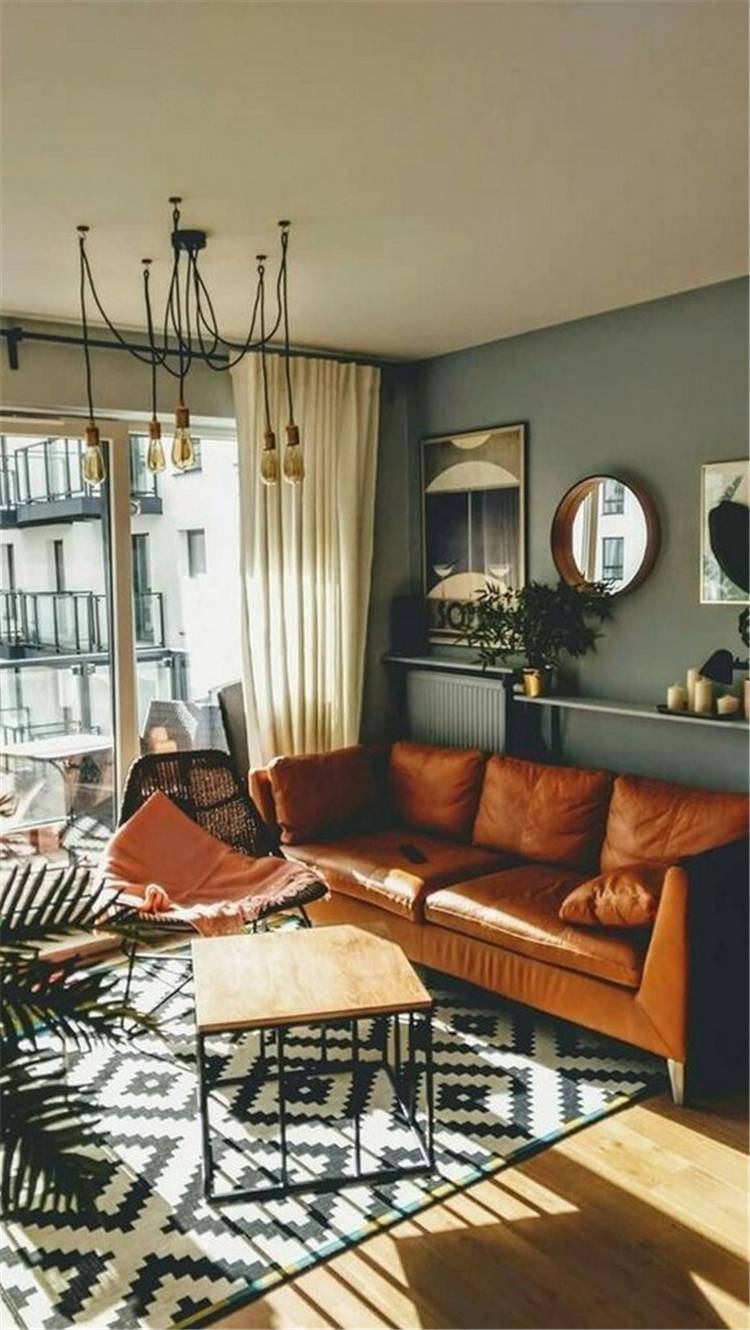
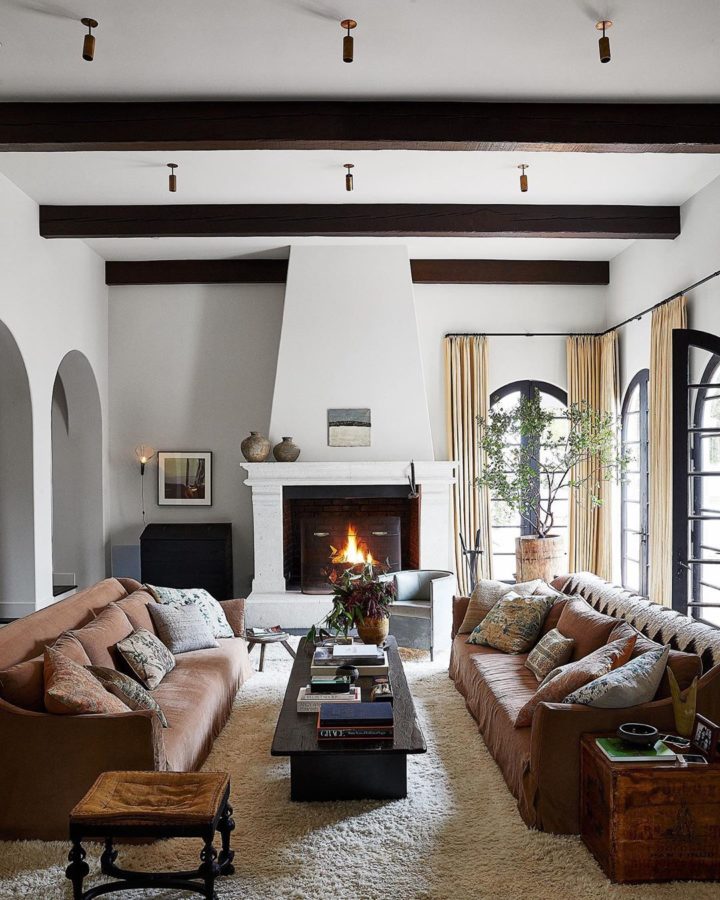



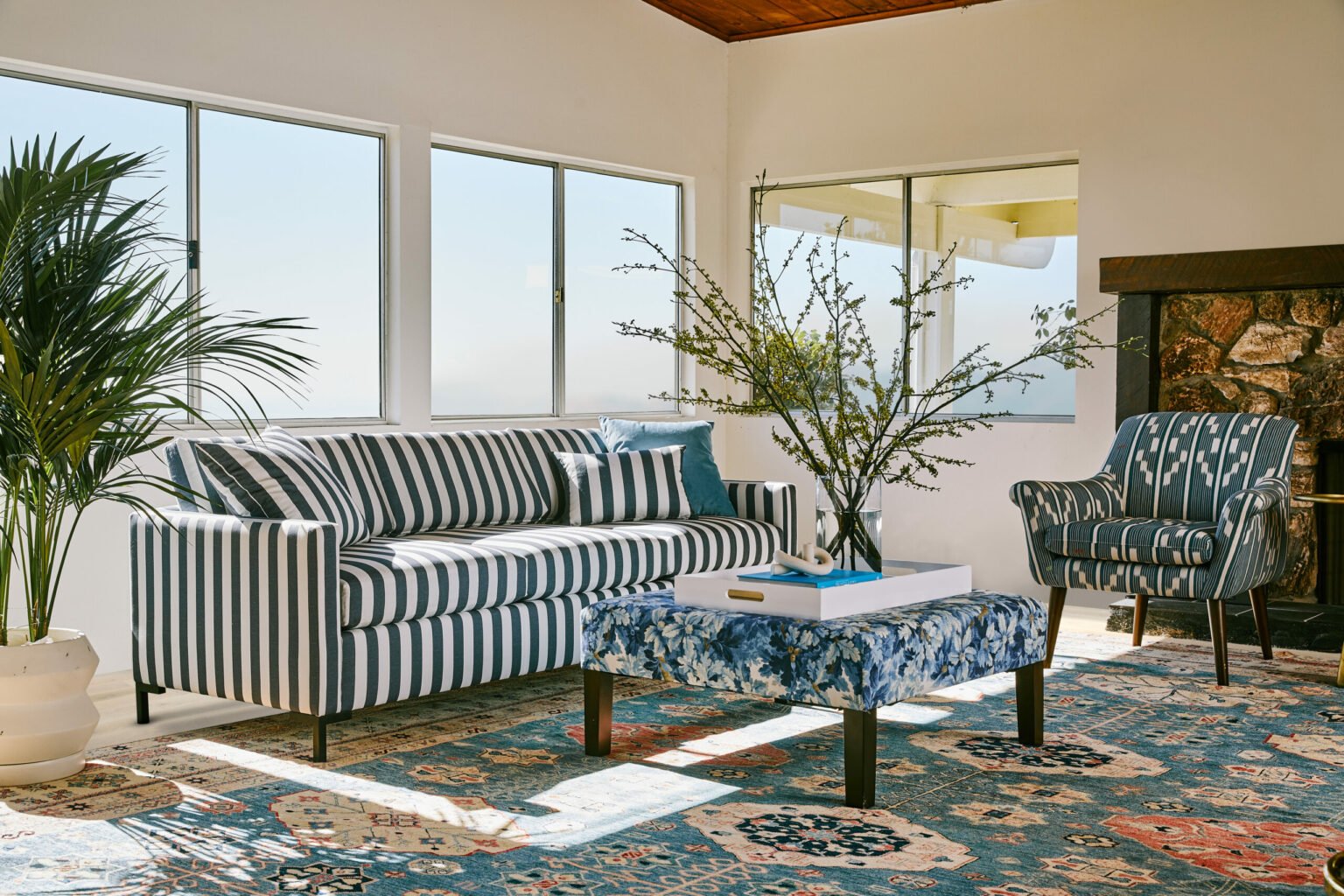
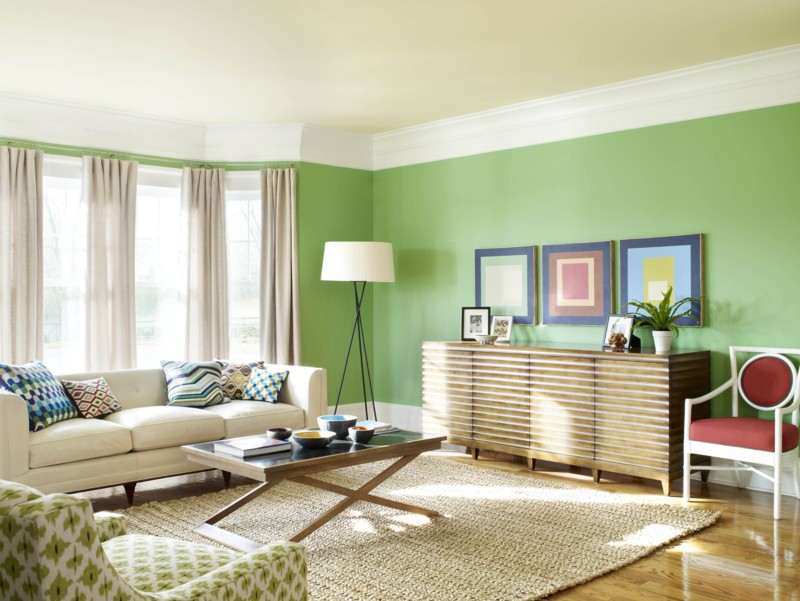




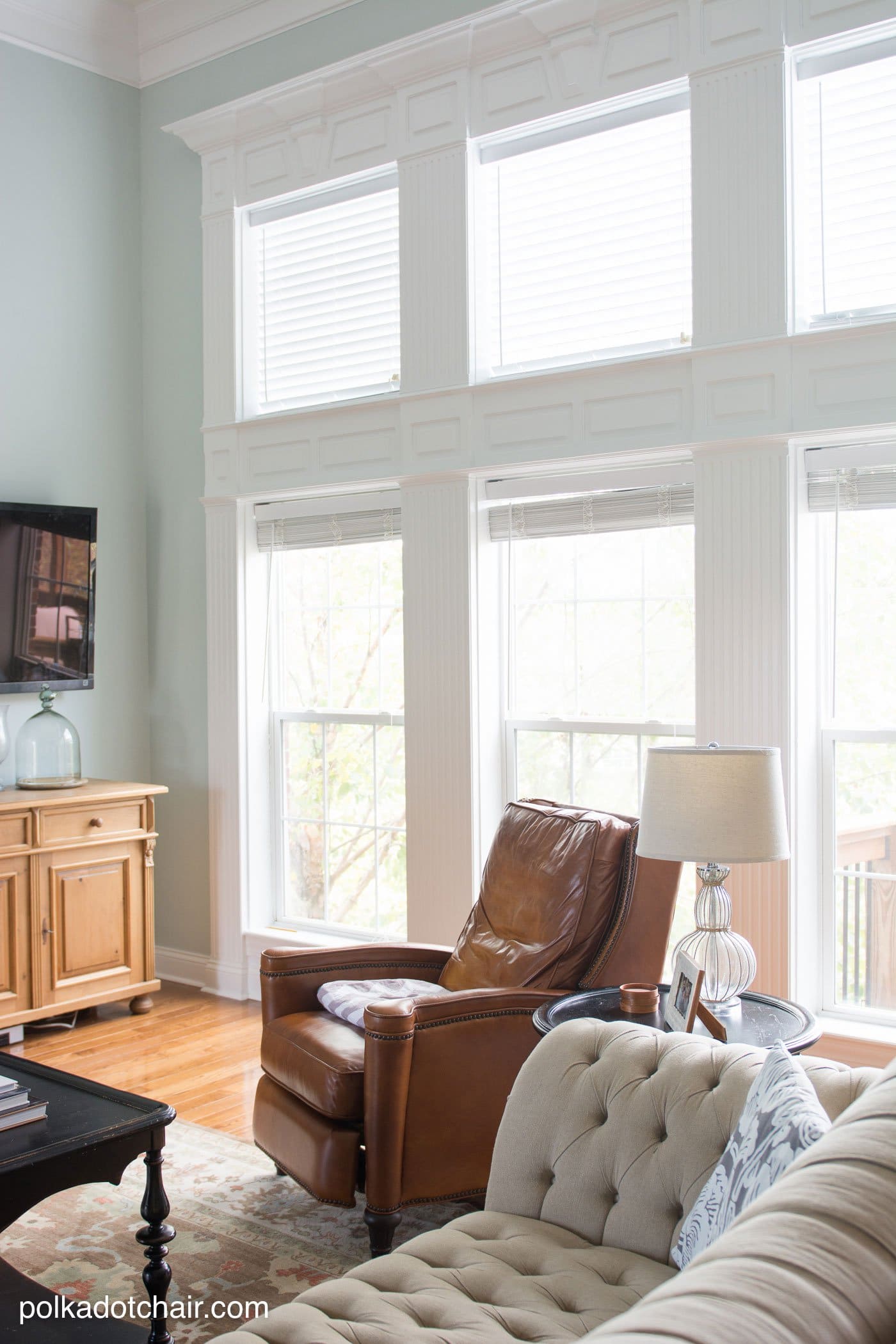

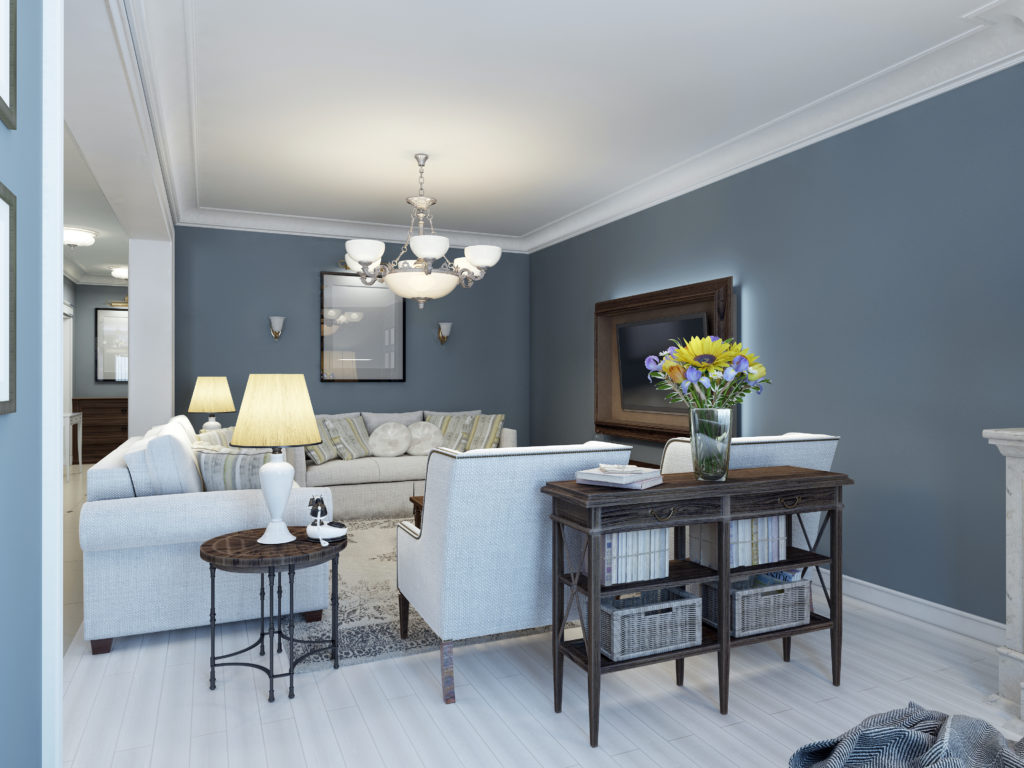


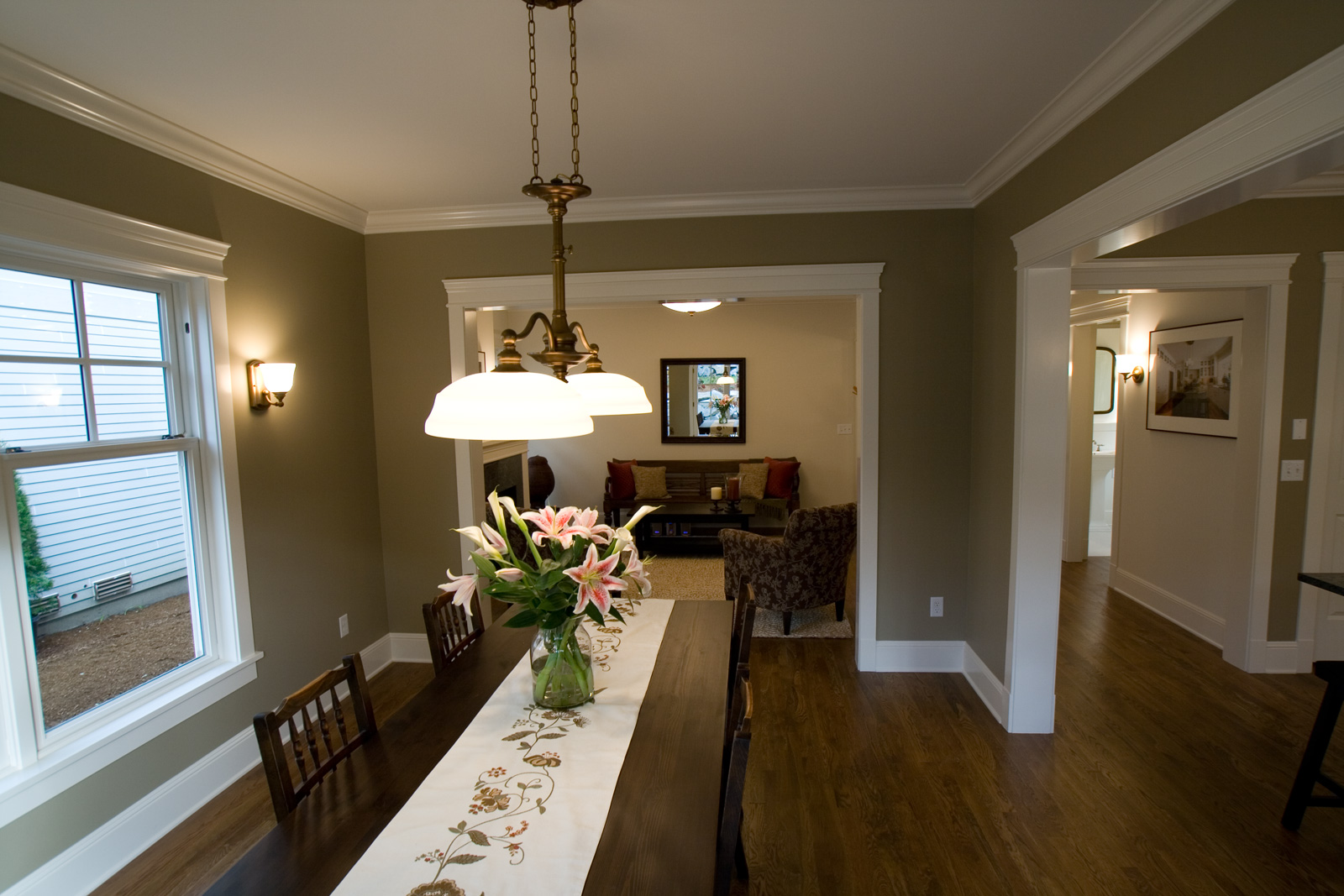



:extract_focal()/https://pocket-syndicated-images.s3.amazonaws.com/articles/5304/1596722483_at_housetours_2019-06_VivY-RhiannonSouthwell_AT_rhiannon_vivyapp-12.jpg)
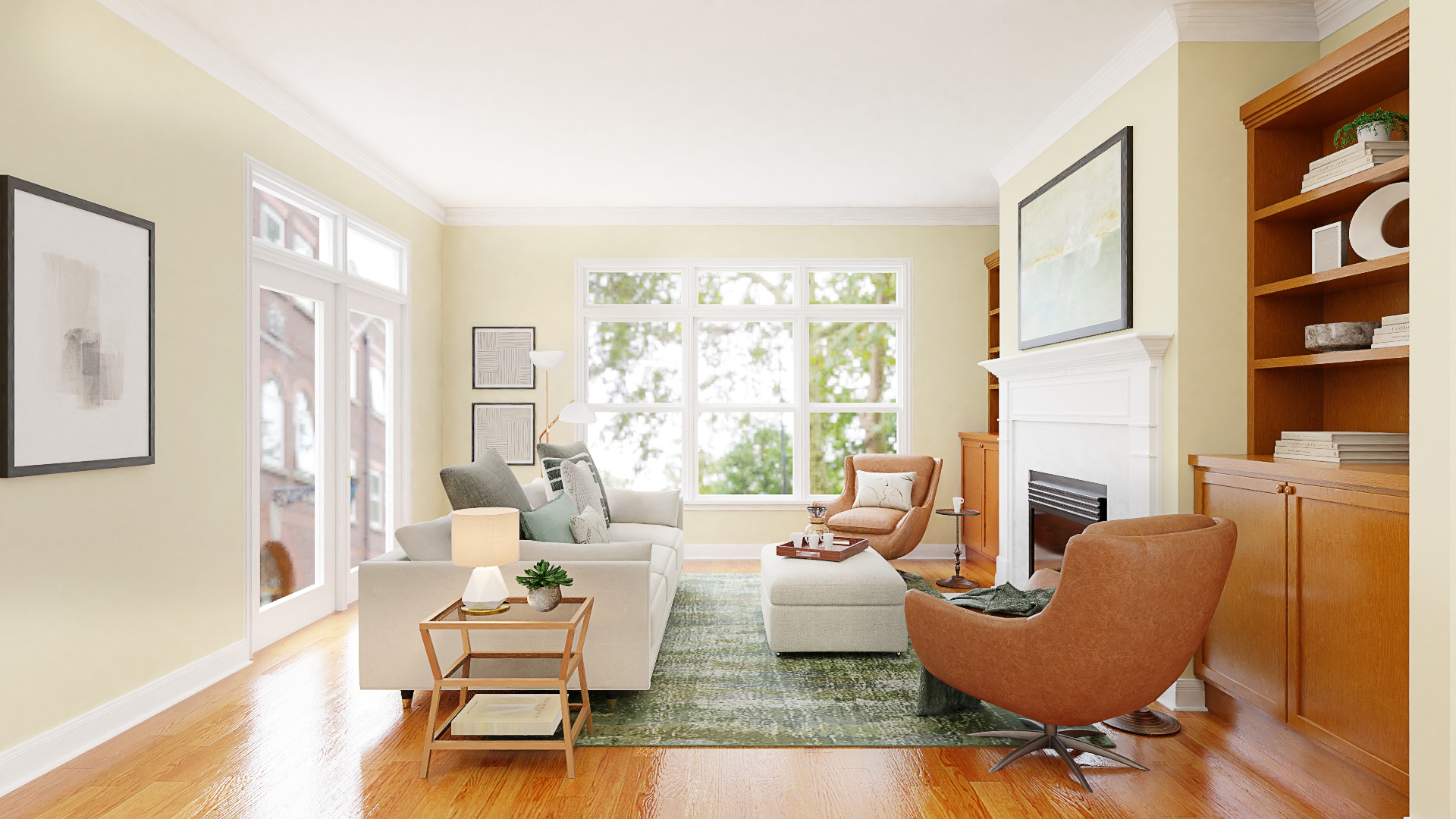
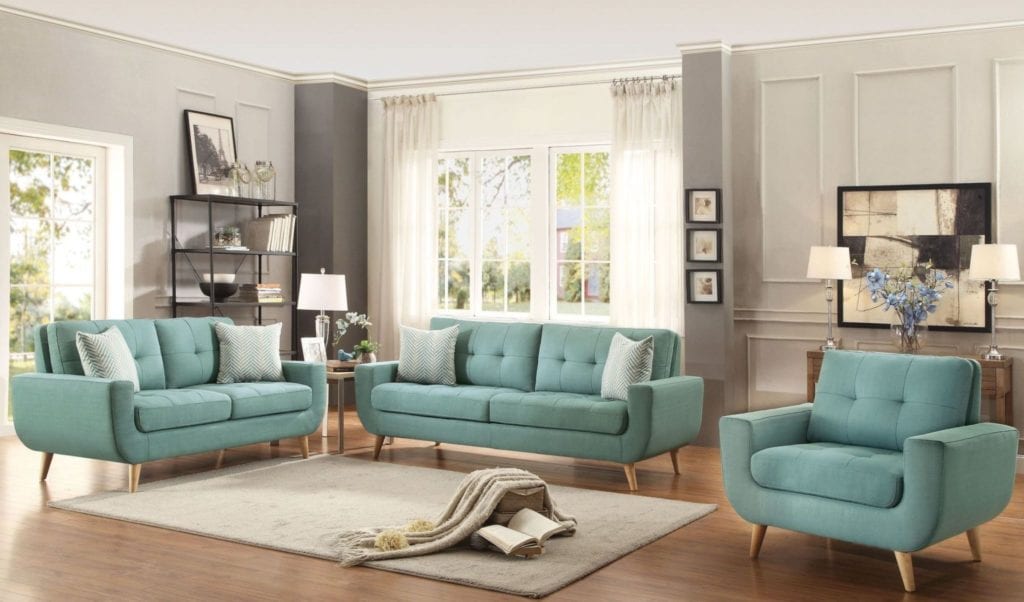

:max_bytes(150000):strip_icc()/Chuck-Schmidt-Getty-Images-56a5ae785f9b58b7d0ddfaf8.jpg)







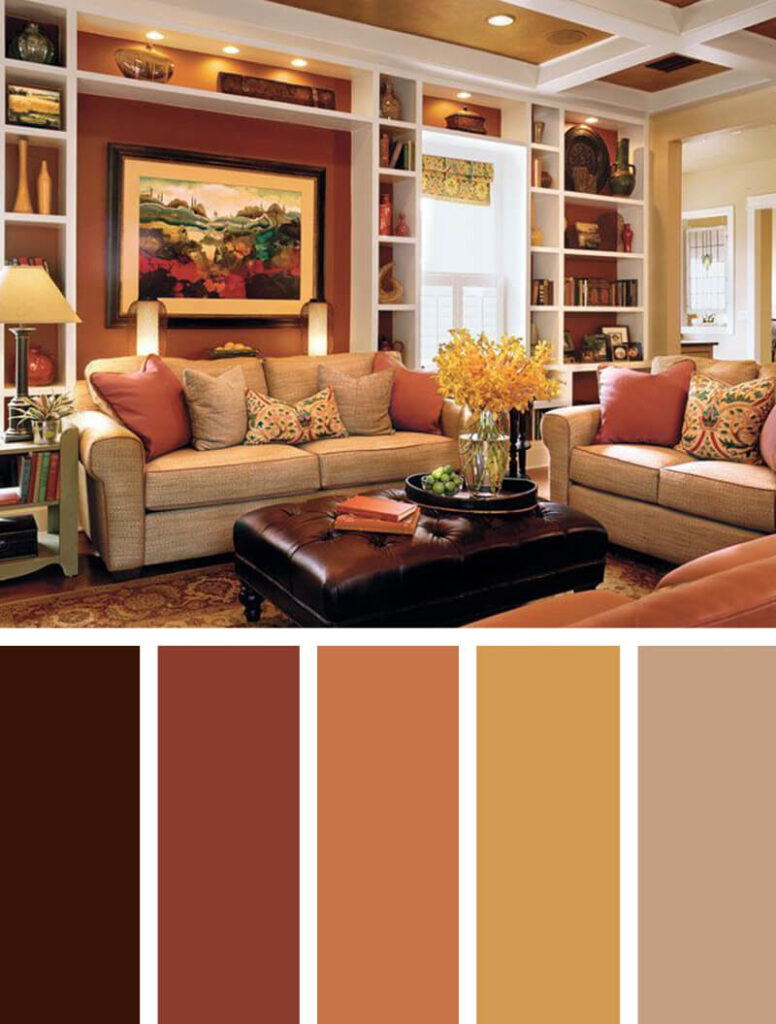

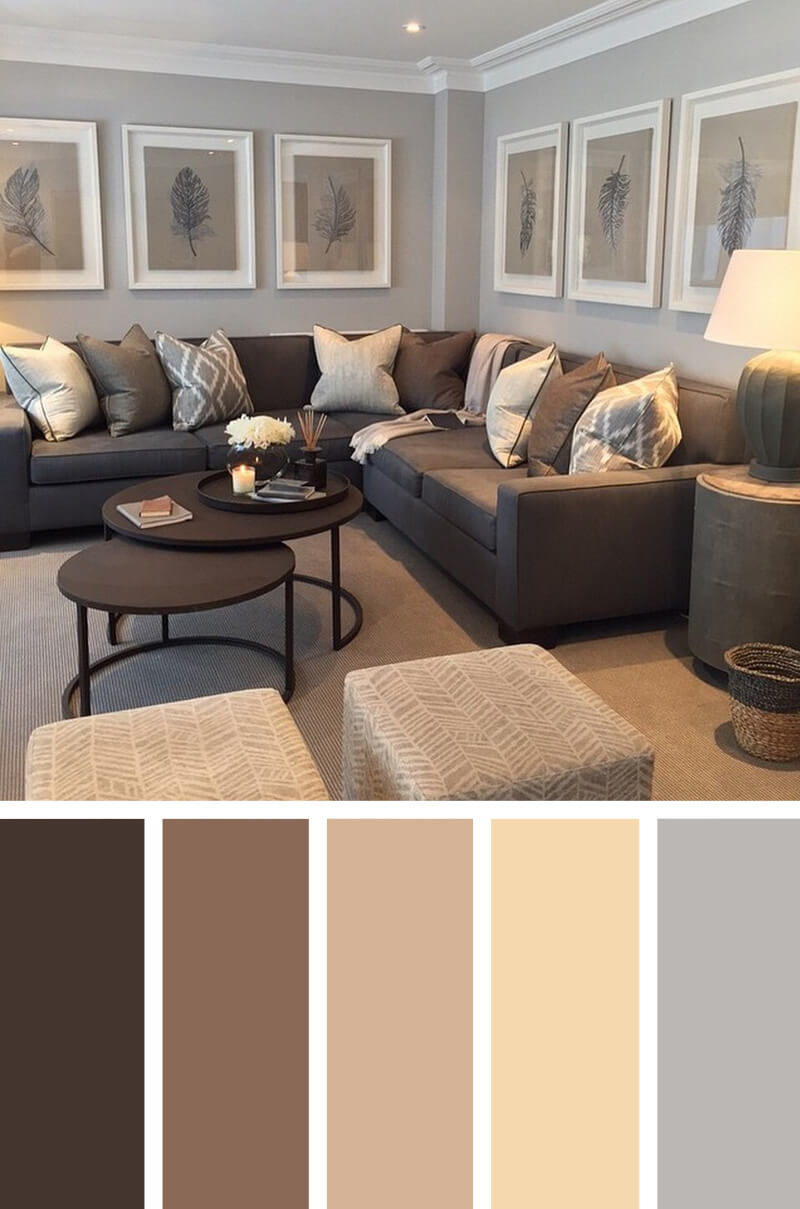



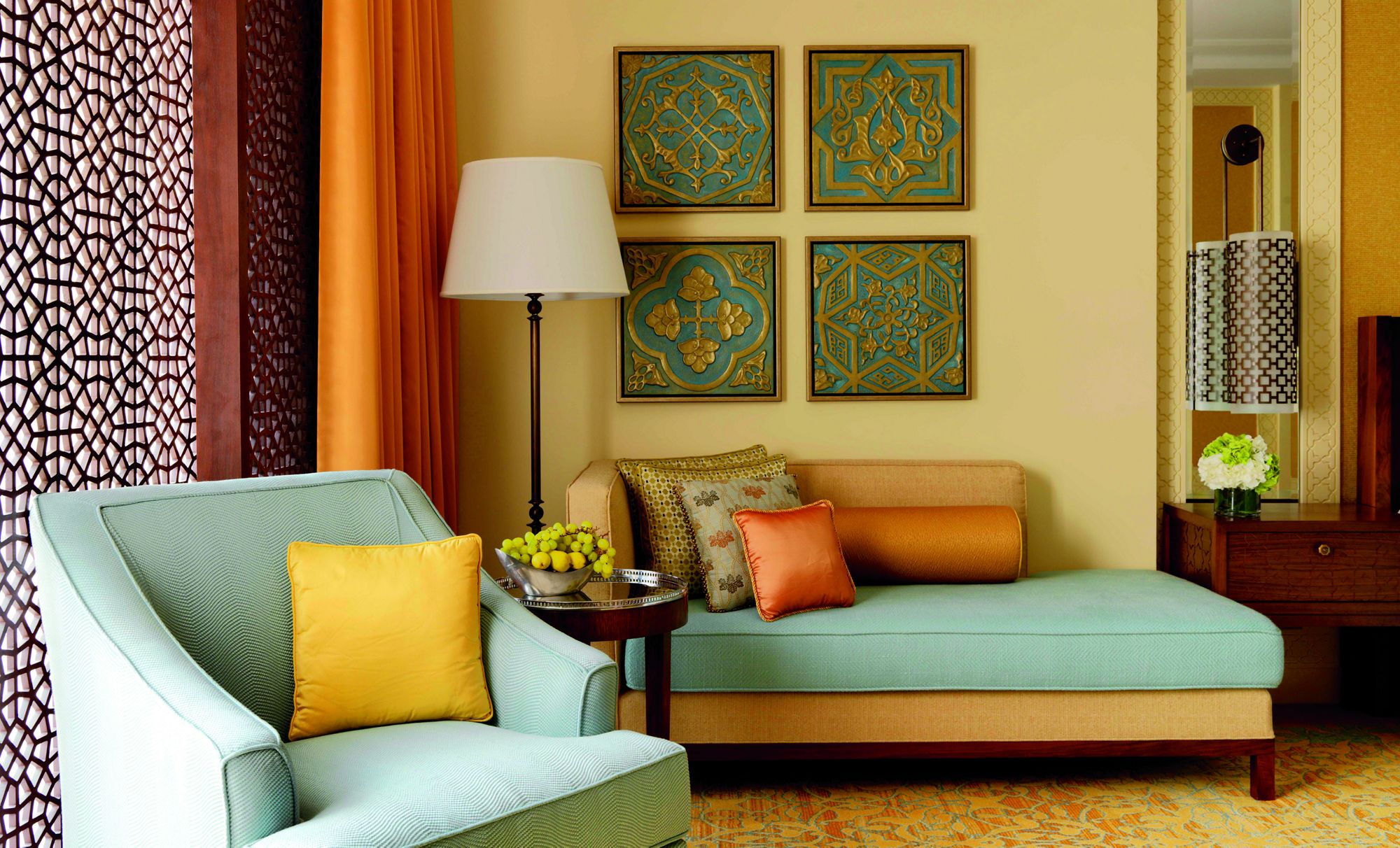

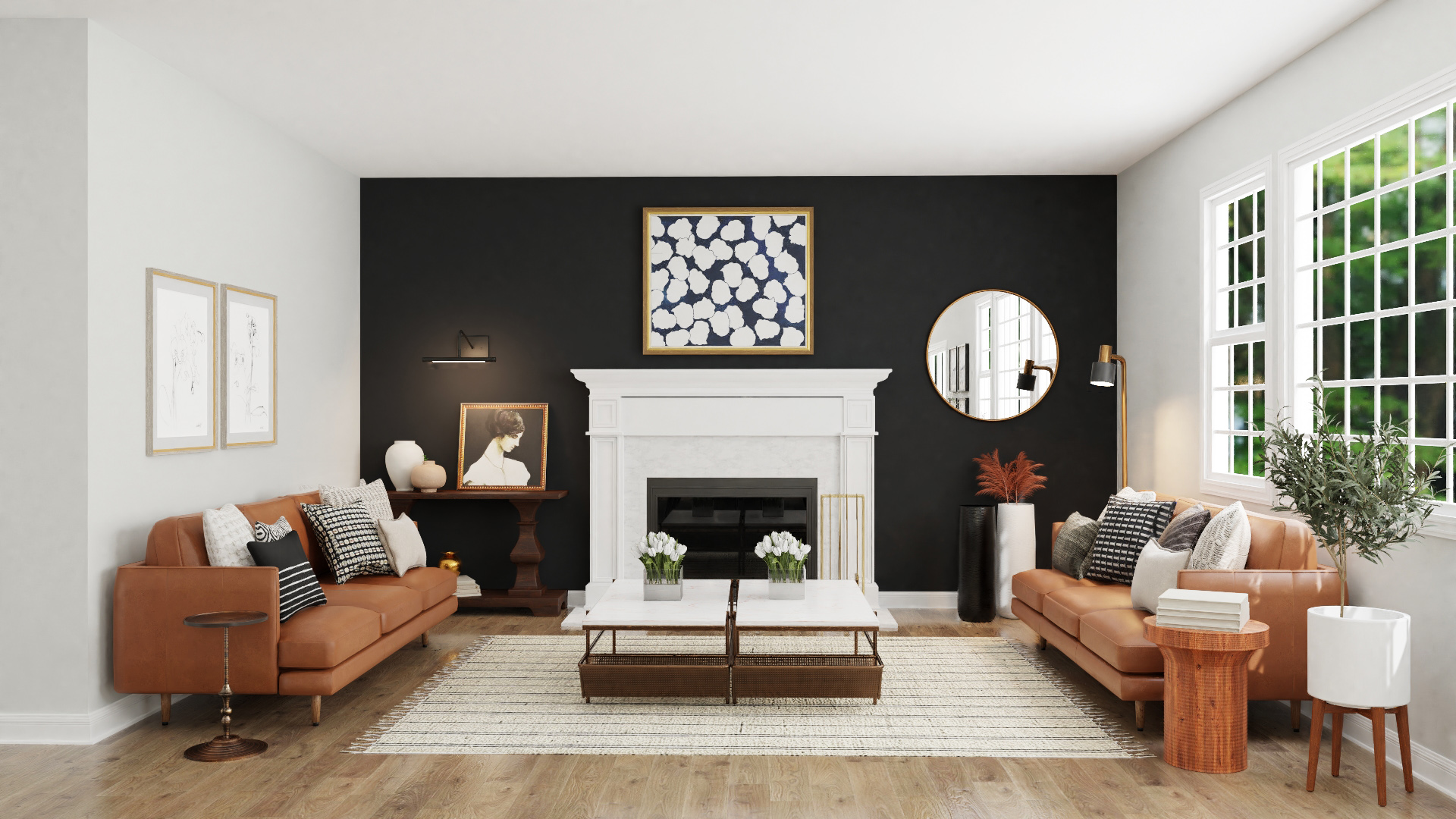


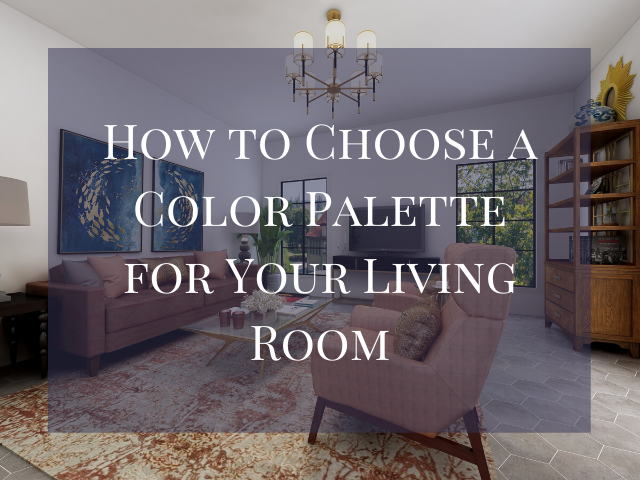



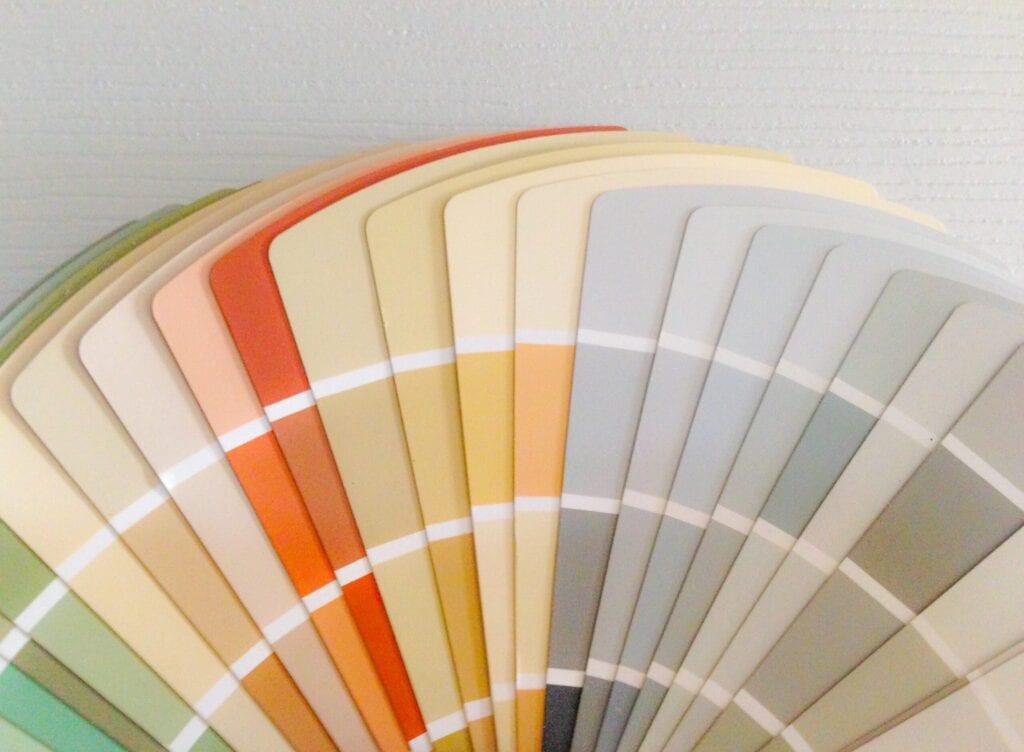








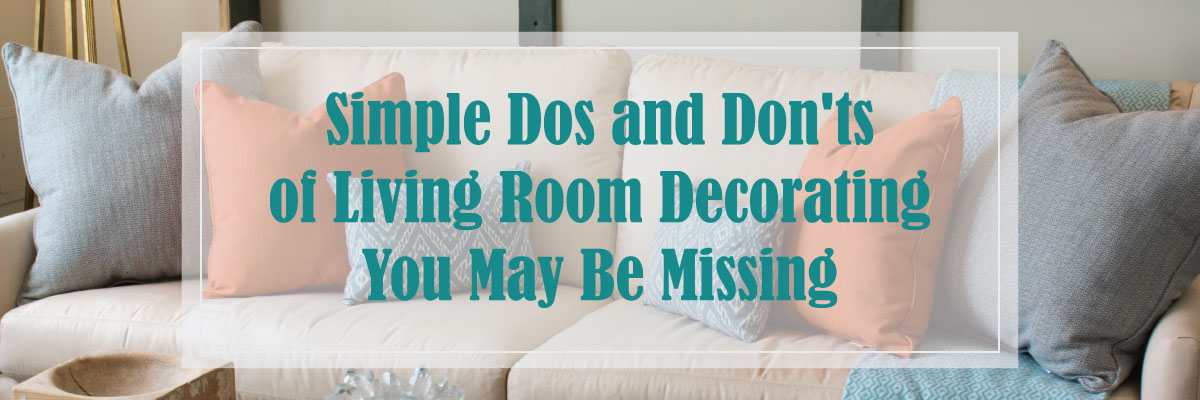








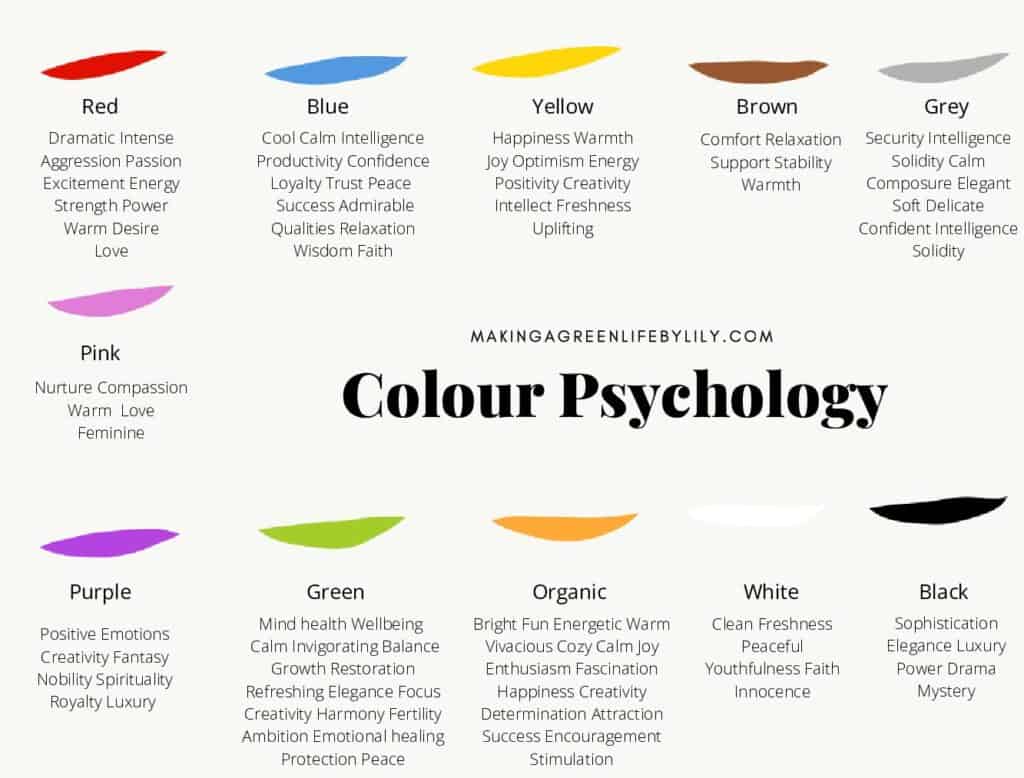

/2795824-color-psychology-5b0478de04d1cf003aac1625.png)

